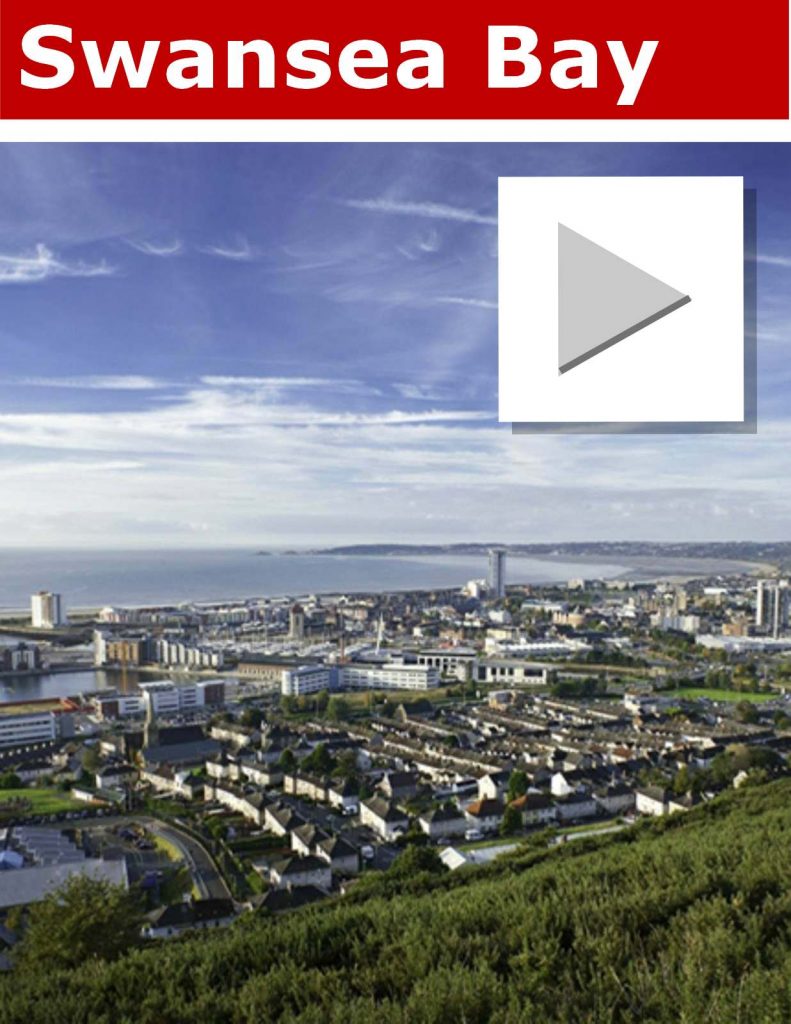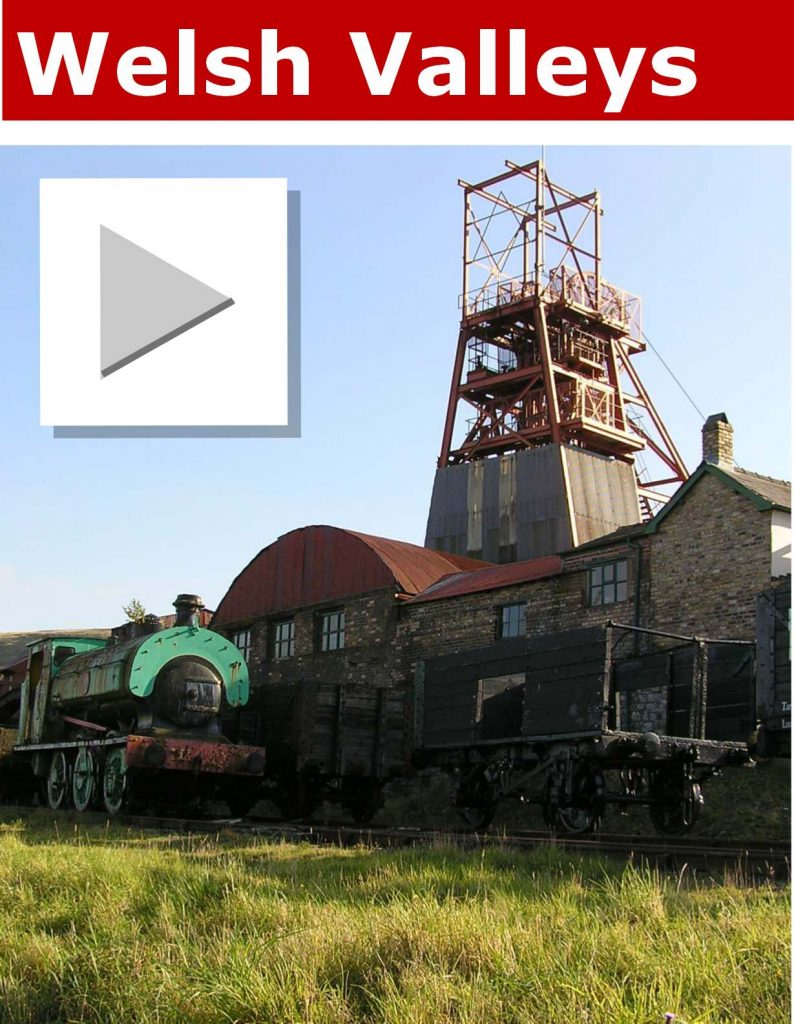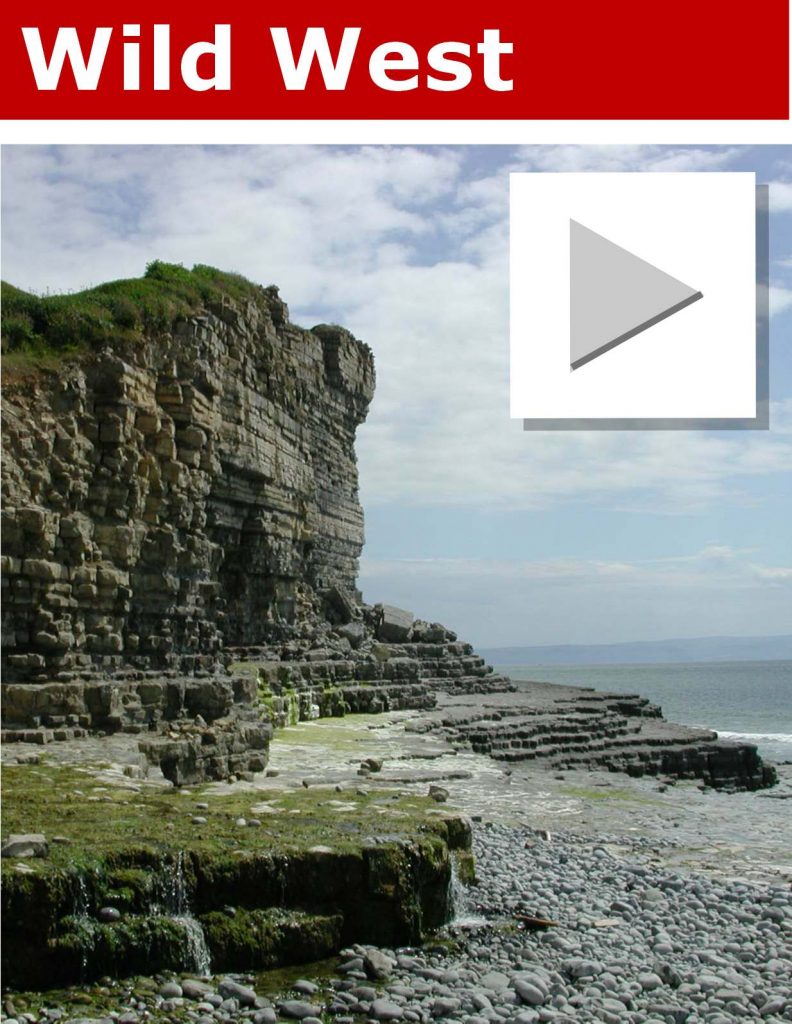BLAENAVON WORLD HERITAGE SITE

The area around Blaenavon has a fascinating range of landmarks from the Industrial Revolution. In this region, part of which lies within the Brecon Beacons National Park, the remains of our industrial past are tangible and within reach, bringing history to life.
The landscape of Blaenavon has been completely transformed by the hand of man. Although times have changed, there’s still plenty of physical evidence of the great industries that once thrived here.
The activities which had the greatest impact on Blaenavon and the people who lived here in the 18th, 19th and 20th centuries were coal mining and iron production. The stories of the men, women, children and horses who worked in the mines, quarries, kilns and furnaces, on the tramroads, railways and canals, whose hard work and toil created this outstanding landscape and changed the world, are still alive to us today in the structures and traditions they left behind.
In 2000, Blaenavon Industrial Landscape was designated a UNESCO World Heritage Site in recognition of its international importance and outstanding universal value. The industrial activity of South Wales was a vitally important part of Britain’s Industrial Revolution, the first to take place anywhere in the world, and in the development of Wales as an industrial nation.

What there is to see in the Blaenavon World Heritage Site
The World Heritage Site covers an area of around 13 square miles, the northern half of which is within the Brecon Beacons National Park. Its principal visitor attractions are the Big Pit National Coal Museum with its famous underground tour (pictured below right) and Blaenavon Ironworks at the head of the Afon Lwyd river.
For those keen to explore further, the area has much more to offer with extensive remains relating to coal mining and iron ore extraction between Blaenavon and Pwll-Du, industrial processing and manufacturing, transport and communication.
Blaenavon and the other historic towns that developed to house the migrant workforce that flocked to the area for work are also interesting to visit. Blaenavon has a unique local history museum dedicated to author Alexander Cordell (1914-1997), the Blaenavon Community Heritage and Cordell Museum.
You can also take a trip on a steam train along the Pontypool and Blaenavon Railway southwest of Blaenavon.
Blorenge Mountain has remains of limestone quarries, primitive railways and Garn-Ddyrys forge on its flanks. Gilwern Hill had quarries which provided limestone, an essential material in the iron making process. Hill’s Tramway was used to transfer quarried material to Blaenavon Ironworks through Pwll-Du tunnel and down to the Monmouthshire and Brecon Canal for onward transportation to surrounding areas.
Between Blorenge Mountain and Gilwern Hill lies Cwm Llanwenarth, a deeply cut valley revealing a pattern of smallholdings, farms and fields which predate the Industrial Revolution.
Big Pit National Coal Museum
This Gulbenkian Prize winning colliery museum is the highlight of the Blaenavon World Heritage Site. Click here to find out more.
Blaenavon Ironworks
Blaenavon Ironworks is the best preserved blast furnace complex of its period and type in the world and is well worth a visit. Click here to find out more.Blaenavon World Heritage Site, Blaenavon, tel 01495 742333, www.visitblaenavon.co.uk




